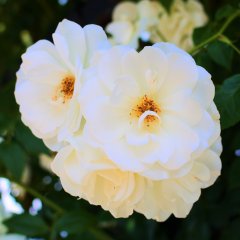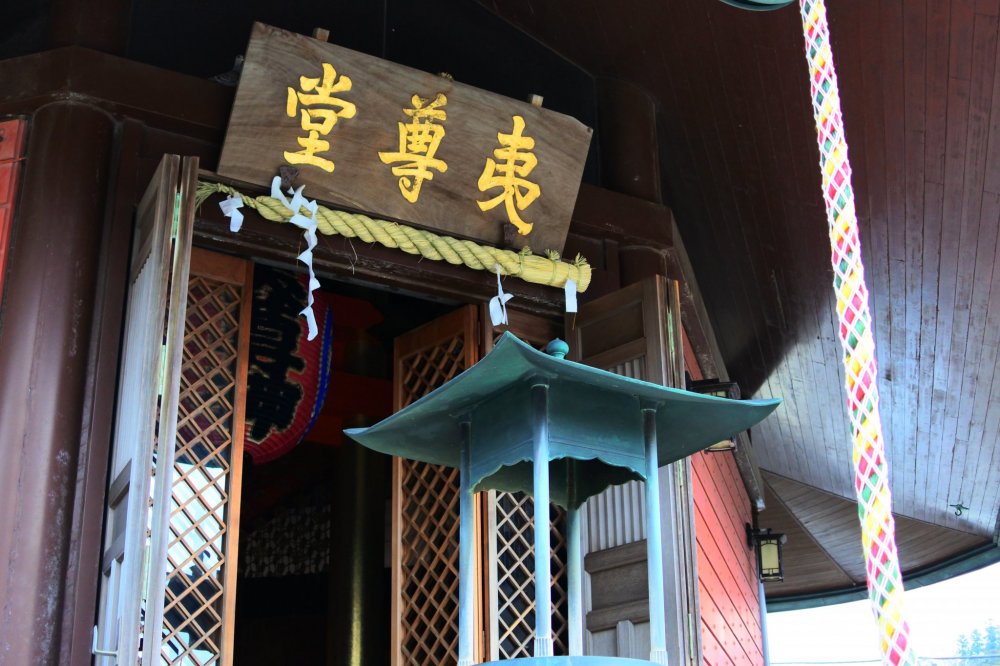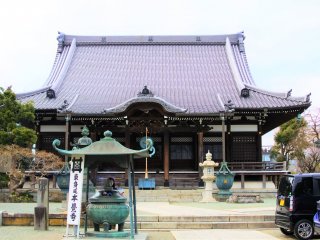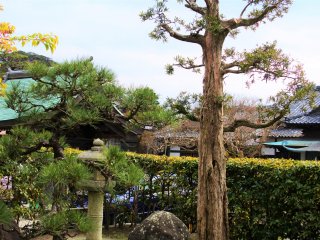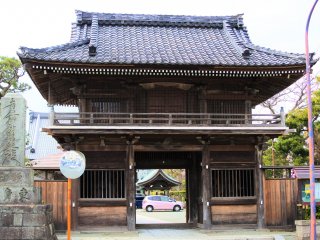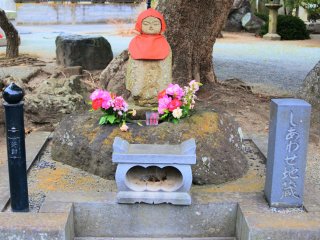Hongaku-ji Temple in Kamakura is very famous for Kamakura Seven Deities of Good Luck. Originally, Ebisu-do was established for the unlucky quarter of the Kamakura shogunate. After that, Ashikaga Mochiuji built a temple in 1436 and it was named Hongaku-ji Temple.
The main temple building was built in the Taisho period and is very big and splendid in appearance. Also within the temple precinct is the Ebisu-do which is dedicated to Ebisu, one of seven deities of good luck. With its bright green and red colors, the Ebisu-do clearly stands out!
The former Ebisu-do of Tendaishu, one of the Buddhist denominations in Japan, used to be located in the same precinct of the Hongaku-ji Temple, and it became Hiruko Shrine together with Shichimen Daimyojin Shrine when shrines and temples were ordered to separate during the Meiji period.
It is calm in the precinct but it becomes very popular at the Hatsu Ebisu festival, during the new year season. Tsurugaoka Hachimangu Shrine, the most famous shrine in Kamakura, is popular for the first shrine visit of the year but there are many lanterns decorated around the precinct so that you can feel the festival atmosphere. I saw many people visiting the temple during the season.
When you visit the shrines and the temples for Kamakura seven deities of good luck, you can collect red stamps for all the places on a large square paper. Normally, you need to visit 7 places, but there are 8 shrines and the temples including Enoshima Shrine here. After visiting all the places, you will be blessed with good fortune and feel a sense of accomplishment.
There are other shrines and temples nearby that are worth visiting such as Myohon-ji Temple, Yakumo Shrine, and Myoho-ji Temple which is a famous moss temple. You can visit many of them and have a great day in Kamakura!
More info
Find out more about Hongakuji Temple.
